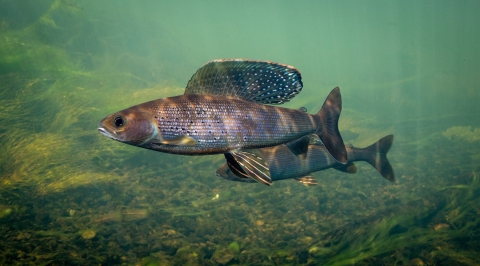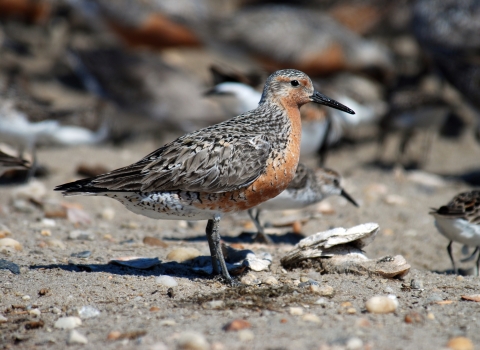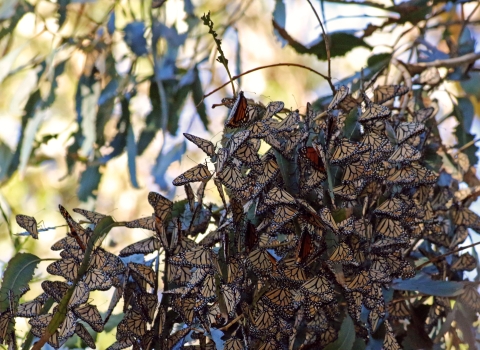Neither rain or snow, nor heat or the gloom of night has kept fish passage fish passage
Fish passage is the ability of fish or other aquatic species to move freely throughout their life to find food, reproduce, and complete their natural migration cycles. Millions of barriers to fish passage across the country are fragmenting habitat and leading to species declines. The U.S. Fish and Wildlife Service's National Fish Passage Program is working to reconnect watersheds to benefit both wildlife and people.
Learn more about fish passage researchers at the Bozeman Fish Technology Center from studying fish swimming and leaping abilities, but it looks like
things are about to get easier meteorologically speaking.
The Center begun construction in November 2021 on a 50’ X 144’ post frame metal building that will provide 7,200 square feet of insulated and heated space over their research flume. The new open-channel flume which began operation in the fall of 2021 is used to study fish locomotion, swimming abilities, leaping abilities, behavior at barriers and other characteristics that affect fish passage. A series of pumps control the hydraulic factors inside the state-of-the-art research flume, such as water temperature and flow speeds. The facility also has high-definition video cameras and a passive integrated transponder (PIT) system for recording fish behavior. All that expensive equipment is soon going to be protected by a building that will allow researchers to be more productive and extend their ability to work through the winter season.
The flume is unique among U.S. Fish and Wildlife Service facilities and operations will involve partners including Montana State University, U.S. Geological Survey, and Western Transport Institute. Arctic grayling and westslope cutthroat trout are a few species that will benefit from information gleaned during year-round studies. The system will also be utilized for a project to determine factors affecting northern pike leaping ability, with the ultimate goal being to develop pike-selective barriers and reduce predatory impacts on native fish communities.





